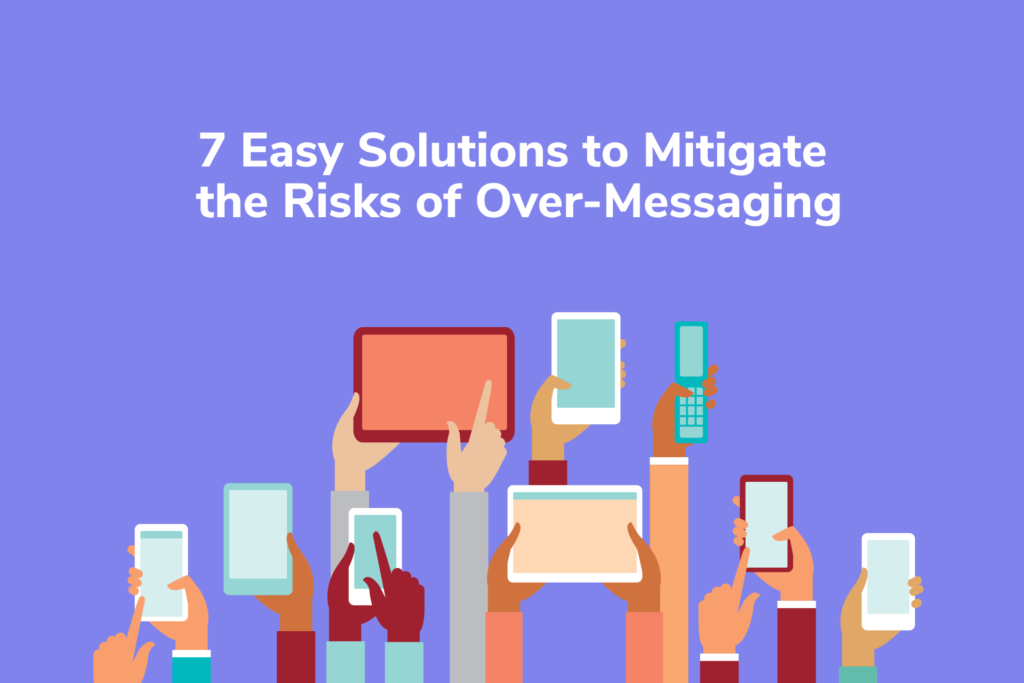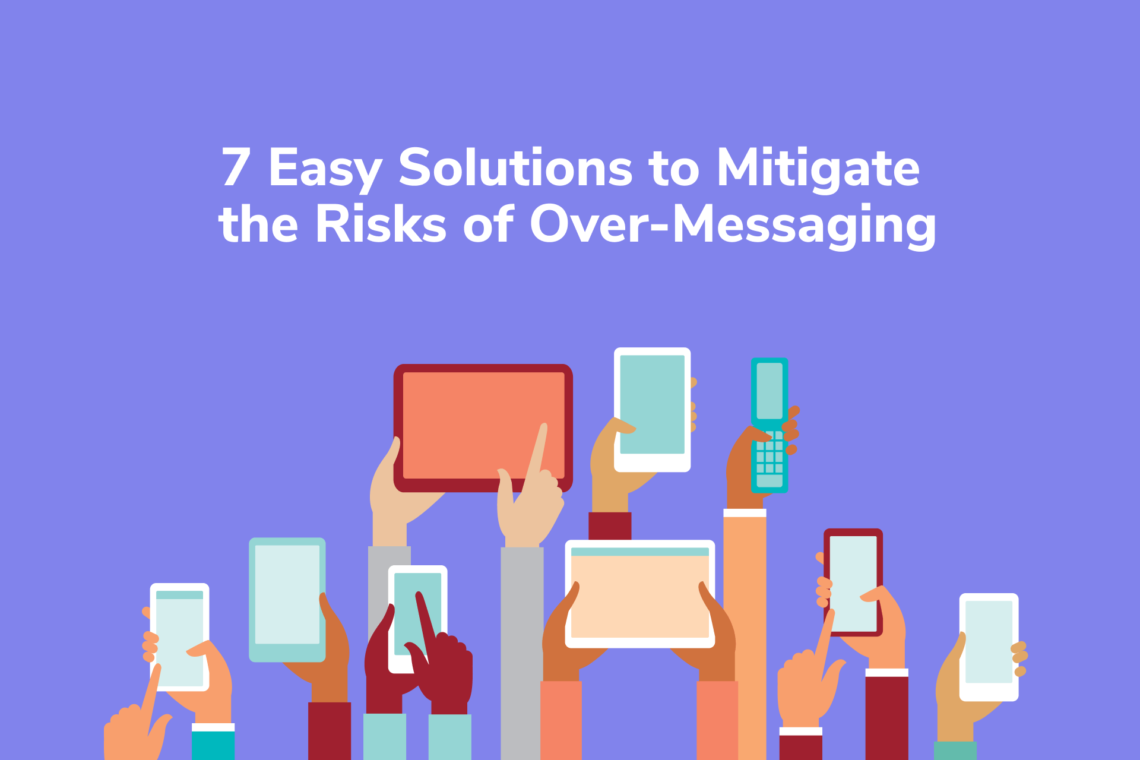
Although statistics and analytics may undoubtedly aid in directing your messaging efforts, it might be effective to understand what motivates people on a subconscious level. The digital world in which modern consumers live is becoming more and more saturated. Using persuasion and psychology concepts can help your content stand out in a market where there is fierce competition for people’ attention and engagement.
Humans frequently use mental shortcuts, or heuristics, to comprehend environmental inputs and make decisions, even ones involving your product or service.
Your communications strategy may benefit from considerations drawn from psychology, neuroeconomics, and neuroscience. We’ll go over some guiding concepts in this article and how to use them effectively.
How Does Influence Work?
Influence, as used in psychology, is the effect that something or someone has on a person’s preferences or actions. Influences can originate from within a person or from outside messages or groups.
Let’s move on to how you may maximise the impact of your message strategy with that in mind.
Focusing on Scarcity
Customers want something more when there is less of it available. In Robert Cialdini’s well-known book The Power of Influence, scarcity is a fundamental principle of influence that is applied by marketers and advertisers worldwide. According to studies, scarcity is a potent behavioural incentive. Just recall the early COVID-19 pandemic, when masses of individuals displayed communal hoarding behaviour for items like toilet paper in a setting of great anxiety and poor executive function. The context of high demand and constrained supply, which are essential components of the scarcity principle, contributed to this bandwagon behaviour.
Your audience may respond more swiftly to your message campaigns if you convey a sense of scarcity. For instance, you may design alerts to inform users that a product they’ve been browsing is almost out of stock, that they only have X days left to take advantage of a promotion, or that their rivals in a mobile game are grabbing the magic eggs and they should return to your app right away. A certain approach to encourage action is to frame your company’s offering as something restricted.
Consider the distinction between a “win frame,” which emphasises the net benefits of the offer, and a “loss frame,” which stresses the repercussions of not acting on the offer if you want to be even more successful with your scarcity messaging. According to neuromarketing research, people who have a low demand for individuality and a high need for conformity respond better to a win frame than they do to a loss frame. To test different wordings of your message and see how different users react to them, you might wish to experiment with segmentation and testing.
Donating before taking
The theory that when we get a gift or someone performs us a favour, we are subliminally prompted to give back in return is known as the “principle of reciprocity” or “giving first.” In his extensive research, Cialdini discovered that patrons of restaurants left considerably bigger tips when their servers provided them modest gifts during or after a meal, such as a mint or fortune cookie with the bill.
This idea can be applied to communications to offer customers in-app discounts or prizes or to inform users by providing free resources up front. This idea is particularly crucial in the first interactions users have with your brand. Giving your clients coupons, freebies, and other incentives through the many channels at your disposal, for instance, will nudge them to be more loyal to your company. Even the most straightforward transactional notifications, like updates on orders and flights, can foster a feeling of reciprocity with the consumer and keep them warm to your company. For instance, if you run a food monitoring app, you could send users daily morning push notifications to eat a healthy breakfast, take their medication, or drink a cup of coffee.
Utilizing Social Proof
This heuristic has probably been applied by you in the past as a marketer. Another of Cialdini’s concepts of persuasion, social proof, is a powerful tool employed in many different fields. This heuristic is the notion that when we are unsure about how to act, we should look to others for guidance. Reassurance that others are using and enjoying your product or service might be helpful to clients who are unfamiliar with your industry. Customers read reviews for this reason, and they respond well to testimonials on your website.
Manage Your Messaging Effortlessly Across All Touchpoints
Mok.one is made to assist you in managing alerts and user communication across all channels, including email, in-app chat, bulk SMS, and push notifications for mobile devices and the web. Our platform is simple to set up, and without having to do any technical work, it’s simple to modify and automate your message strategy. It’s simple to test out various content and message components using our A/B testing function to see what your audience responds to. If you don’t already have one, you can sign up for Mok.one for no cost and start notifying your users of updates right away. Sign up now and see for yourself, don’t take our word for it!
